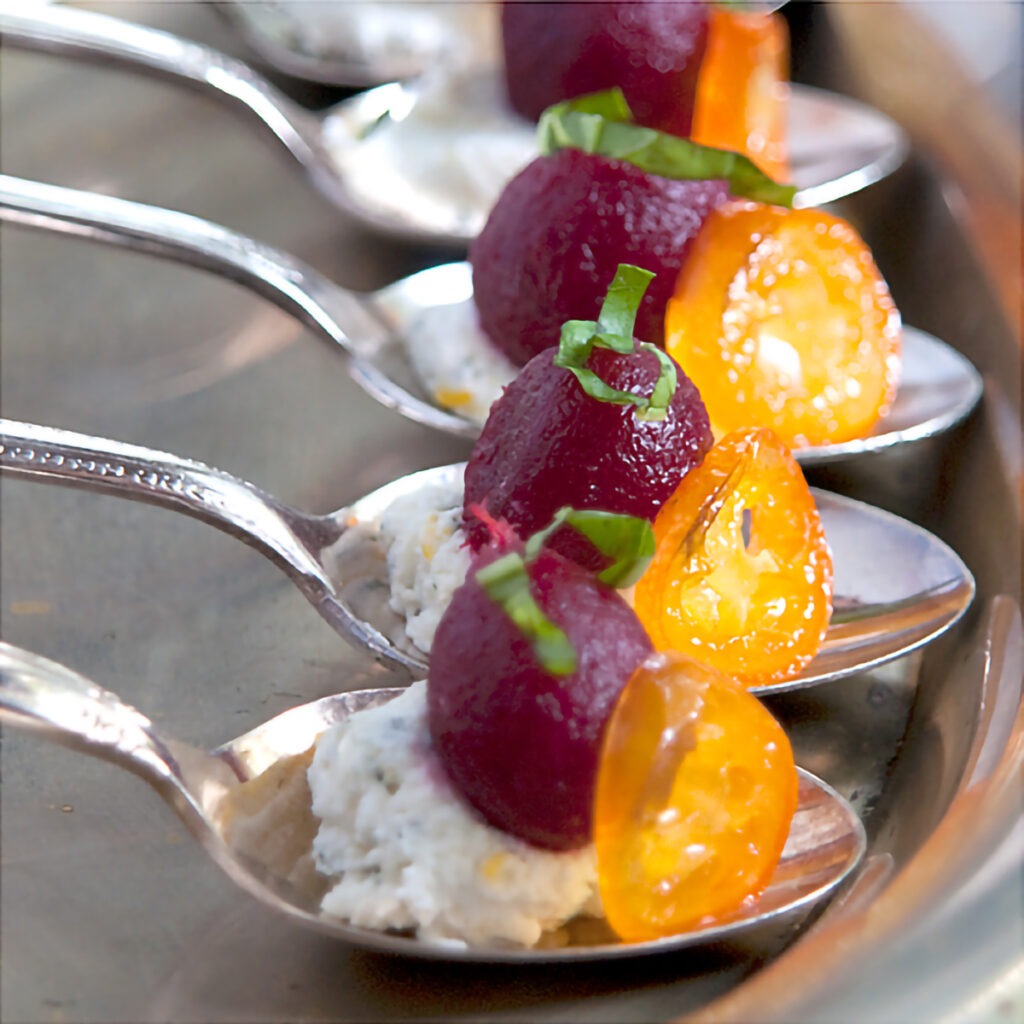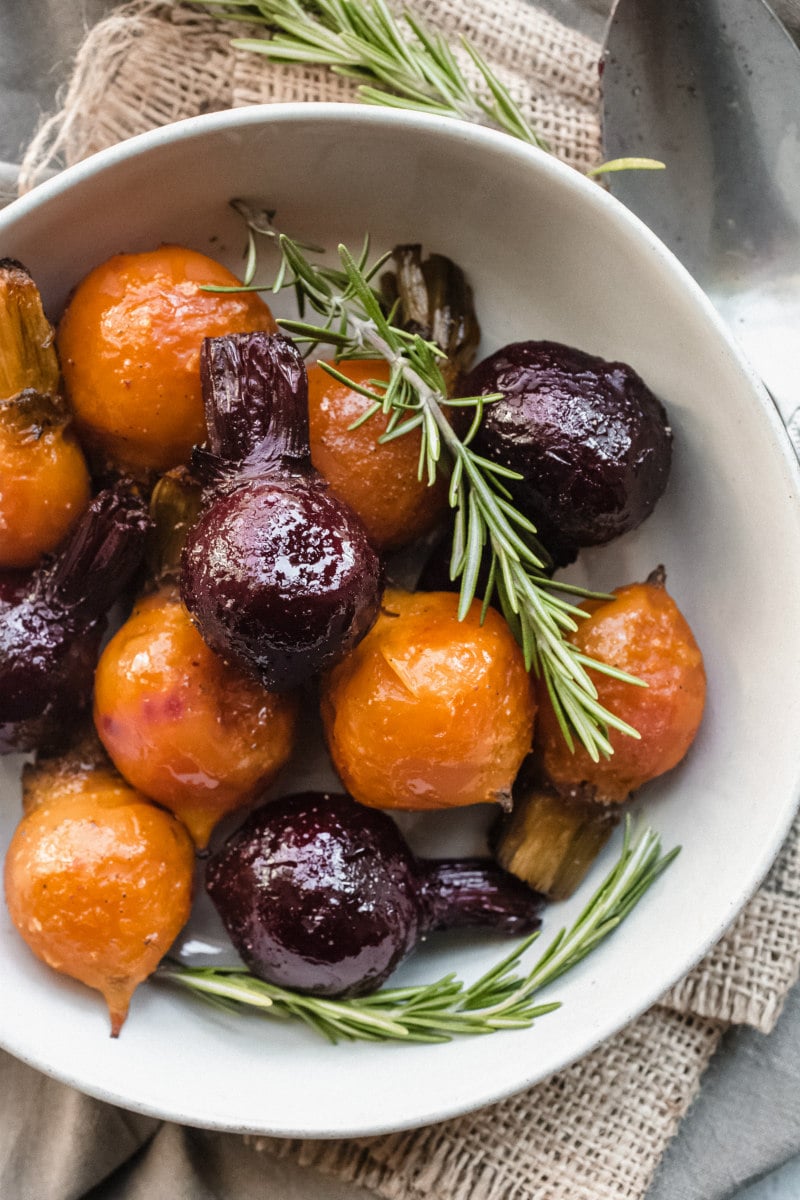Who doesn’t love baby beefs? These tiny but mighty cuts of meat are a chef’s dream and a foodie’s obsession. Whether you’re grilling, frying, or slow-cooking, baby beefs bring a burst of flavor that’s hard to resist. But what exactly are baby beefs, and why should you care? Let’s dive into this delicious world of small yet powerful cuts that are making waves in the culinary scene.
Picture this: you’re at your favorite steakhouse, and you see “baby beef” on the menu. It sounds cute, right? But there’s more to it than just a playful name. Baby beefs are not just for show; they’re packed with flavor, tenderness, and versatility that make them a must-try for any meat lover. So, if you’re ready to explore the world of baby beefs, buckle up because we’re about to take you on a flavor-filled journey.
Now, let’s get one thing straight—baby beefs aren’t just mini versions of regular beef. They’re carefully selected cuts from younger cattle, offering a unique taste profile that sets them apart. This guide will walk you through everything you need to know about baby beefs, from their origins to the best ways to cook them. Trust us; by the end of this article, you’ll be craving your next baby beef experience.
Read also:Beer Garden Monteverde Your Ultimate Guide To The Best Spot In Town
What Are Baby Beefs?
Defining Baby Beefs
Baby beefs are essentially cuts of meat taken from younger cattle, typically between 6 to 12 months old. These animals are raised with care to ensure their meat is tender, flavorful, and rich in nutrients. Unlike traditional beef, which comes from older cattle, baby beefs have a lighter color and a milder taste that appeals to a wide range of palates.
Here’s the kicker: baby beefs aren’t just for steak enthusiasts. They’re versatile enough to be used in soups, stews, stir-fries, and even salads. Their tender texture makes them perfect for quick-cooking methods, while their rich flavor holds up well in slow-cooked dishes. So, whether you’re a seasoned chef or a home cook, baby beefs have something to offer everyone.
Why Baby Beefs Are Gaining Popularity
Let’s talk numbers. According to a recent study, the global demand for baby beefs has increased by 20% over the past year. Why the sudden surge in popularity? For starters, baby beefs are seen as a healthier alternative to traditional beef. They’re lower in fat and calories but still pack a punch when it comes to flavor and nutrition.
- Higher protein content
- Lower fat content
- Rich in essential vitamins and minerals
- Environmentally friendly due to shorter raising periods
Plus, who can resist the charm of a cute name like “baby beefs”? It’s no wonder this trend is catching on with food lovers around the world.
The Origins of Baby Beefs
Believe it or not, baby beefs have been around for centuries. Historically, they were prized by royalty and nobility for their delicate flavor and tenderness. In fact, many cultures have their own versions of baby beef dishes that have been passed down through generations.
Today, baby beefs are produced in countries like the United States, Australia, and New Zealand, where cattle farming is a major industry. These regions have perfected the art of raising young cattle to produce high-quality meat that meets global standards.
Read also:Paco Christian Prieto The Rising Star In The Spotlight
Where Are Baby Beefs Raised?
Let’s break it down. Baby beefs are typically raised in pasture-based systems that allow the animals to graze freely. This natural diet contributes to the meat’s superior quality and flavor. Here’s a quick look at some of the top regions:
- United States: Known for its Angus and Hereford breeds, offering a rich, marbled texture.
- Australia: Renowned for its grass-fed cattle, resulting in lean and flavorful cuts.
- New Zealand: Famous for its free-range farming practices, producing tender and juicy baby beefs.
Each region brings its own unique characteristics to the table, making baby beefs a diverse and exciting ingredient to work with.
How to Cook Baby Beefs
Cooking baby beefs is all about bringing out their natural flavors while maintaining their tenderness. Whether you’re a grill master or a kitchen novice, there’s a method that suits your skill level. Let’s explore some of the best ways to prepare these delicious cuts.
Grilling Baby Beefs
Grilling is one of the most popular ways to cook baby beefs. The high heat sears the meat, locking in the juices and creating a flavorful crust. Here’s how you can grill baby beefs like a pro:
- Preheat your grill to medium-high heat.
- Season the baby beefs with salt, pepper, and your favorite herbs.
- Place the meat on the grill and cook for 3-4 minutes per side for medium-rare.
- Let the beef rest for a few minutes before serving to allow the juices to redistribute.
Tip: For an extra burst of flavor, try adding a marinade or rub before grilling. Garlic, rosemary, and thyme are excellent choices that complement baby beefs beautifully.
Slow-Cooking Baby Beefs
If you prefer a more tender and fall-off-the-bone texture, slow-cooking is the way to go. This method breaks down the connective tissues, resulting in a melt-in-your-mouth experience. Here’s a simple recipe to get you started:
- Heat a little oil in a pot and sear the baby beefs on all sides.
- Add your choice of vegetables, such as carrots, onions, and potatoes.
- Pour in a flavorful liquid, like beef broth or red wine, to cover the meat.
- Simmer on low heat for 2-3 hours, or until the meat is tender.
Slow-cooked baby beefs are perfect for cold winter nights when you want something comforting and hearty. Pair them with a side of mashed potatoes or crusty bread for a meal that’s sure to satisfy.
Health Benefits of Baby Beefs
Baby beefs aren’t just delicious; they’re also packed with nutrients that are good for your body. Here’s a breakdown of the health benefits you can expect:
- High in Protein: Baby beefs are an excellent source of high-quality protein, which is essential for building and repairing tissues.
- Rich in Iron: Iron deficiency is a common problem, but baby beefs can help boost your iron levels naturally.
- Good Source of B Vitamins: These vitamins play a crucial role in energy production and brain function.
- Low in Fat: Compared to traditional beef, baby beefs have a lower fat content, making them a healthier choice.
So, the next time someone tells you to cut back on red meat, show them the nutritional benefits of baby beefs. You can enjoy your steak guilt-free knowing that it’s good for you too!
Buying and Storing Baby Beefs
Now that you know all about baby beefs, it’s time to talk about how to buy and store them properly. Choosing the right cuts and storing them correctly will ensure that you get the best quality and flavor every time.
Tips for Buying Baby Beefs
When shopping for baby beefs, look for the following:
- Color: Baby beefs should have a light pink or pale red color. Avoid cuts that are too dark or have a grayish tint.
- Texture: The meat should feel firm but not too tough. A slight give when you press it is a good sign.
- Marbling: While baby beefs are naturally lean, a little marbling can add extra flavor and juiciness.
Pro tip: Always buy from reputable sources that prioritize animal welfare and sustainable farming practices. This ensures that you’re getting high-quality meat that’s good for both you and the planet.
Storing Baby Beefs
Once you’ve brought your baby beefs home, it’s important to store them properly to maintain their freshness. Here’s what you need to know:
- Refrigeration: Baby beefs can be stored in the refrigerator for up to 3-4 days. Keep them in their original packaging or wrap them tightly in plastic wrap.
- Freezing: If you’re not planning to use the meat within a few days, freeze it for longer storage. Baby beefs can last up to 6 months in the freezer if properly sealed.
- Thawing: When you’re ready to cook, thaw the meat in the refrigerator overnight. Avoid using the microwave or hot water, as this can compromise the texture.
By following these simple tips, you can enjoy your baby beefs at their best every time.
Culinary Uses of Baby Beefs
Baby beefs are incredibly versatile, making them a favorite among chefs and home cooks alike. Here are some creative ways to incorporate them into your meals:
- Steak Sandwiches: Thinly sliced baby beefs make for a delicious and hearty sandwich filling.
- Tacos and Burritos: Shredded baby beefs paired with fresh toppings and spices create a mouthwatering Mexican-inspired dish.
- Pasta Dishes: Baby beefs can be used in a variety of pasta recipes, from classic spaghetti bolognese to gourmet lasagna.
- Soups and Stews: Add baby beefs to your favorite soups and stews for an extra layer of flavor and richness.
The possibilities are endless when it comes to baby beefs. Get creative and experiment with different recipes to find your new favorite dish!
Common Myths About Baby Beefs
Like any food trend, baby beefs come with their fair share of myths and misconceptions. Let’s debunk some of the most common ones:
Myth 1: Baby Beefs Are Less Nutritious
Fact: Baby beefs are just as nutritious, if not more, than traditional beef. They’re packed with protein, iron, and B vitamins, making them a healthy choice for meat lovers.
Myth 2: Baby Beefs Are Only for Steak
Fact: Baby beefs can be used in a wide variety of dishes, from soups to salads. Their tender texture and mild flavor make them suitable for almost any recipe.
Myth 3: Baby Beefs Are Expensive
Fact: While baby beefs may be slightly more expensive than regular beef, their superior quality and nutritional benefits make them worth the investment.
By separating fact from fiction, you can make informed decisions about incorporating baby beefs into your diet.
Conclusion
In conclusion, baby beefs are more than just a trendy food item; they’re a delicious and nutritious addition to any meal. From their unique flavor profile to their versatility in the kitchen, baby beefs offer something for everyone. Whether you’re a seasoned chef or a home cook, these tiny but mighty cuts of meat are sure to impress.
So, what are you waiting for? Head to your local butcher or grocery store and pick up some baby beefs today. Don’t forget to share your favorite recipes with us in the comments below, and keep an eye out for more articles on all things culinary. Happy cooking!
Table of Contents
- What Are Baby Beefs?
- Defining Baby Beefs
- Why Baby Beefs Are Gaining Popularity
- The Origins of Baby Beefs
- Where Are Baby Beefs Raised?
- How to Cook Baby Beefs
- Grilling Baby Beefs


